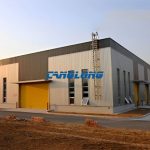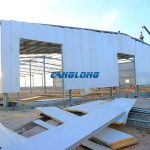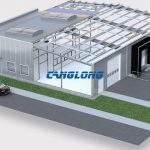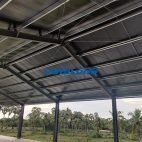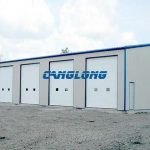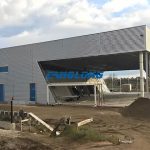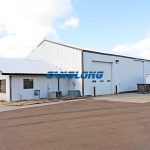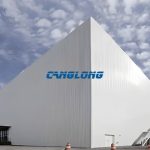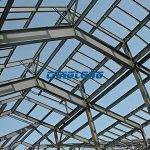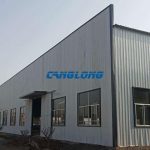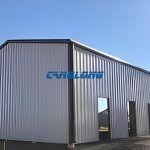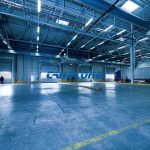How to solve the problem of thin galvanized layer on steel structure?
In the field of modern architecture and engineering, the widespread application of steel structure has become a phenomenon that cannot be ignored. However, during the use of steel structures, due to the influence of environmental factors, material properties and other factors, the galvanized layer is often too thin. This problem not only affects the durability and service life of the steel structure, but also brings potential risks to project safety. Therefore, how to solve the problem of thin galvanized layers on steel structures have become an urgent issue that needs to be researched and solved.
First of all, we need to understand the main reasons why the galvanized layer of steel structure is too thin. This includes defects in the manufacturing process, the impact of the use environment, and the aging of materials. For example, during the manufacturing process, if the galvanizing process is not properly controlled, the thickness of the galvanized layer will be uneven or too thin. At the same time, environmental factors such as acid rain and industrial pollution will also accelerate the corrosion and aging of the galvanized layer, making the galvanized layer thinner.
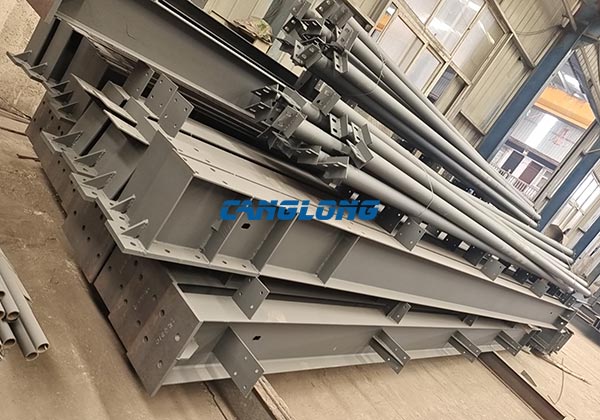
In response to these problems, we can take a series of measures to improve and solve them. First, start from the manufacturing process to optimize and improve the galvanizing process. For example, by adjusting the hot-dip galvanizing temperature and controlling the proportion of zinc liquid components, the thickness of the galvanized layer can be ensured to be uniform and in compliance with standards. In addition, the use of advanced surface treatment technology and coating processes, such as spraying anti-corrosion coatings, can also effectively enhance the corrosion resistance of steel structure and extend their service life.
Secondly, strengthening the maintenance and upkeep of steel structures during use is also key. Regular surface cleaning, rust removal, painting and other maintenance work can prevent further corrosion and thinning of the galvanized layer. At the same time, local repairs or re-galvanizing can be carried out where a thin galvanized layer has already appeared.
Finally, from a long-term perspective, the development and application of new anti-corrosion materials and technologies are also effective ways to solve this problem. For example, developing alloy materials with higher corrosion resistance and researching new surface treatment technologies will help improve the anti-corrosion performance and durability of steel structures.
To sum up, solving the problem of thin galvanized layer on steel structure requires starting from many aspects. Through the comprehensive implementation of measures such as optimizing manufacturing processes, strengthening use and maintenance, and applying new anti-corrosion materials and technologies, we can effectively improve the corrosion resistance of steel structures, extend their service life, and ensure project safety. This not only helps reduce construction and engineering costs, but is also in line with the concept of sustainable development.
